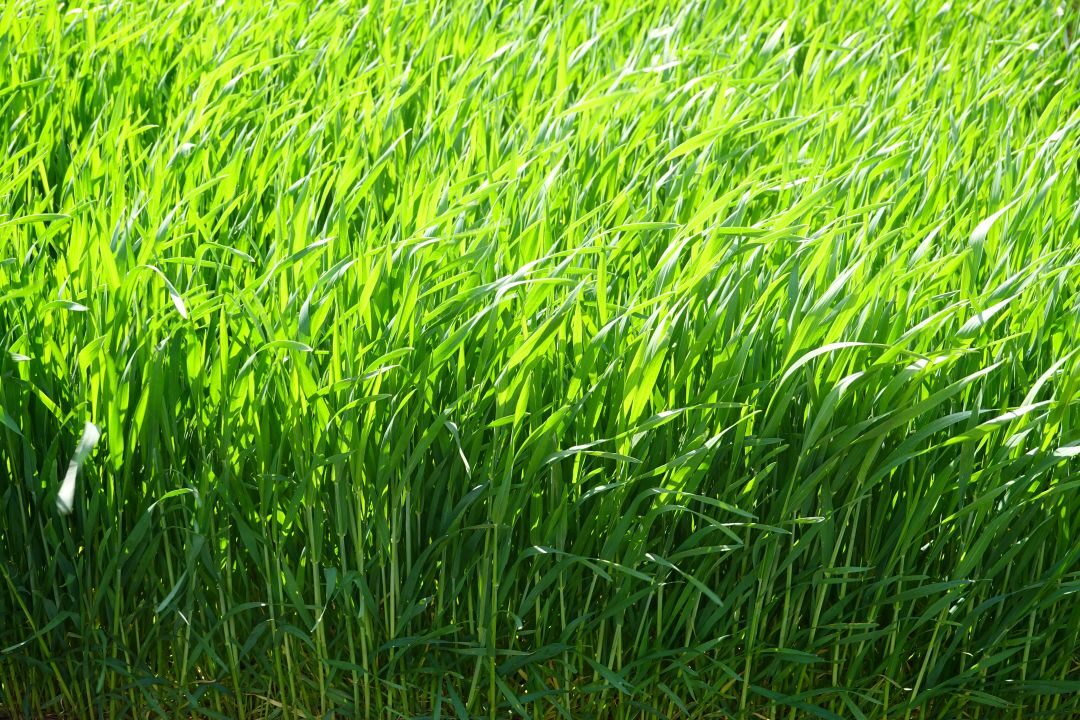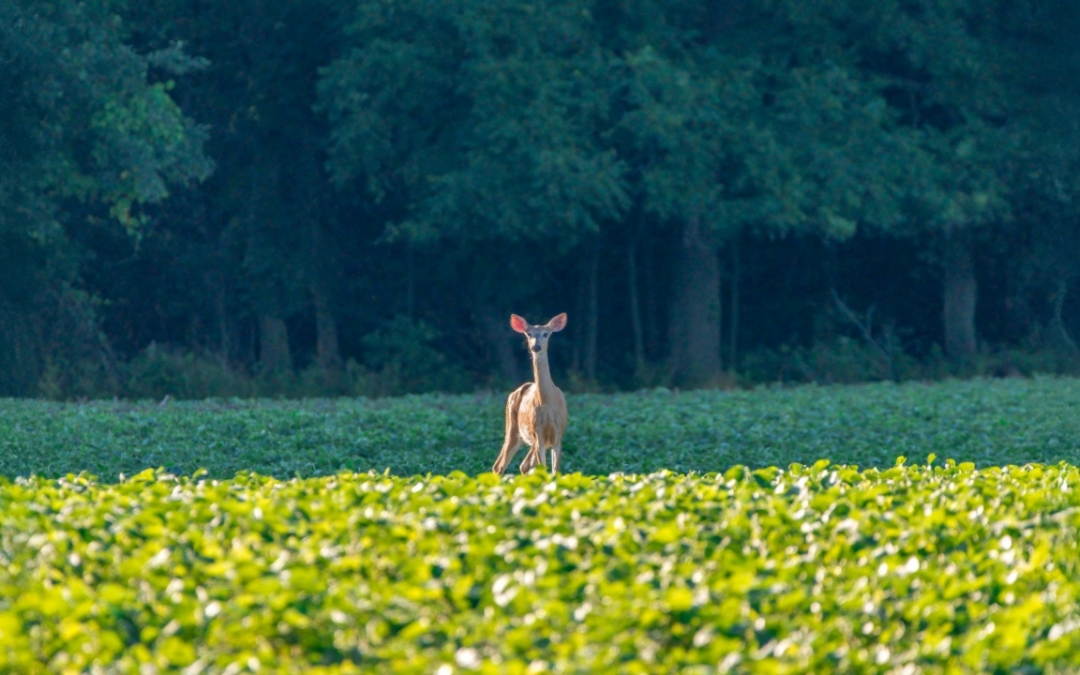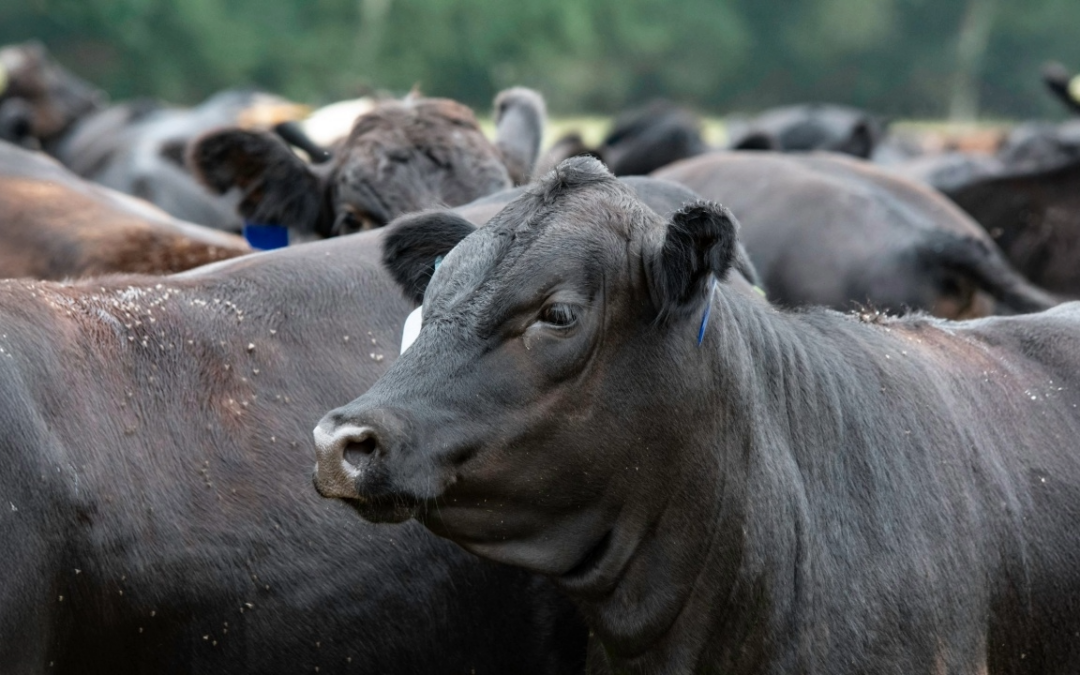From the Coastal Plain to the Black Belt, Alabama cattle producers are utilizing forage systems to their advantage to meet the challenges of modern agriculture. Alabama ranks 17th nationally in beef cattle, according to the Alabama Cattlemen’s Association. Alabama cattle production represents a whopping $2.5 billion industry that includes beef, leather, dairy and other agricultural byproducts.
“Forage and grazing are the cheapest options for feeding cattle in Alabama. Our mild temperatures and ample rainfall make grazing at least 300 days a year feasible with a little bit of planning,” said associate professor and Alabama Cooperative Extension specialist Leanne Dillard.
Dillard has been instrumental in forage system research for many years. She uses her expertise to provide cattle producers with research, education and outreach. These tools equip producers for success when incorporating forage systems into their enterprises.
Dillard conducts research through the Alabama Agricultural Experiment Station. Research has shown that forages are one of the most effective ways to cut production costs.
Climate-smart forage systems create a way for cattle producers to increase profitability year-round. The ability to supplement feed with grazing forages in Alabama cow-calf operations is significant for herd nutrition and development. Additionally, cutting feed costs and selling hay or silage for profits allow producers to increase profitability and utilize their land during all seasons.
Forages also play an important role in contributing to the overall health of the environment. Agricultural producers are looking for ways to be good stewards of the land, and forage systems are a great example of that contribution. Not to mention, forage research conducted has shown that forage cover crops reduce greenhouse gas emissions, which improves air quality. Other environmental benefits include improved soil health, providing soil cover and carbon sequestration, said Dillard.
Starting from the ground up, Dillard explains the need to assess soil quality to create the best recipe for success when selecting a forage field site.
“Forage quality starts in the soil, with proper soil fertility—based on soil testing,” Dillard said. “Rotational grazing makes for more uniform grazing, which can help keep forage more vegetative and avoid having pockets of under-grazed and overly mature forage mixed with overgrazed areas.”
One advantage Alabama cattle producers have is an ideal climate for forage inclusion on their operations. In addition, this type of diversified production helps producers be better prepared for extreme weather scenarios and unpredictable financial markets.
Dillard recommends rotational production practices for forage systems, ensuring that growers can maintain quality throughout the grazing season. Additionally, this approach reduces the risk of parasites and pathogens by disrupting their life cycle.
“Rotational grazing makes for more uniform grazing which can help keep forage more vegetative. This way, we avoid having pockets of under-grazed and overly mature forage mixed with overgrazed areas,” Dillard said.
The benefits of forage production are not limited to financial gains. Notably, Experiment Station researchers are investigating how to best adapt forage systems for environmentally beneficial production in the state. Other environmental benefits include improved soil health, providing soil cover and carbon sequestration.
Conversely, there are some potential environmental risks involved with the addition of forage systems. Water inefficiencies can occur without proper strategy, especially when irrigation systems are in place. While risks such as soil erosion, enteric methane from grazing and nitrate leaching are associated with forage systems, the positive impacts often outweigh these concerns.
Cattle producers, however, are reluctant to incorporate sub-par forage fields into their operations. Instead, producers want to add forage varieties that offer the best advantages for optimum growth, superior quality, herd improvement and adaptability to climate variability.
With the overwhelming number of forage varieties available, producers may find it difficult to choose the right one. That’s where the Official Variety Testing Program comes in—offering comprehensive data to help producers make informed decisions.
Six of the outlying units of the Experiment Station conduct forage variety trials to assess the yield and quality of each variety. Henry Jordan, director of the Official Variety Testing program for the College of Agriculture and the Experiment Station, explains the value of the official variety trials for Alabama producers.
“With funding from each of the commodity groups’ check-off dollars, we are able to report results in an online variety selection tool which allows our producers to tailor their variety selection for their unique scenario,” said Jordan. “Having results for multiple years and locations for a variety allows our producers to make confident decisions.”
There are many factors that influence the selection of a forage, such as species, early or late production timing, termination of the crop and more. For this reason, the Official Variety Testing program can help producers choose which varieties can work best for them on a case-by-case basis.
“Although each situation is slightly different, trials on different soil types and topographies enable us to offer more precise recommendations for our growers,” Jordan said.
More Information
In summary, forage systems in Alabama are an incredible opportunity for producers to supplement income through production diversification. With support from the Alabama Agricultural Experiment Station research and Alabama Extension outreach producers can incorporate successful forages into their operations.
To find out more about the Official Variety Testing program please visit https://aaes.auburn.edu/variety-tests/
To learn more about the Alabama Extension Animal Science & Forages team please visit
https://www.aces.edu/blog/topics/beef/meet-the-team-animal-science-and-forages-team/





